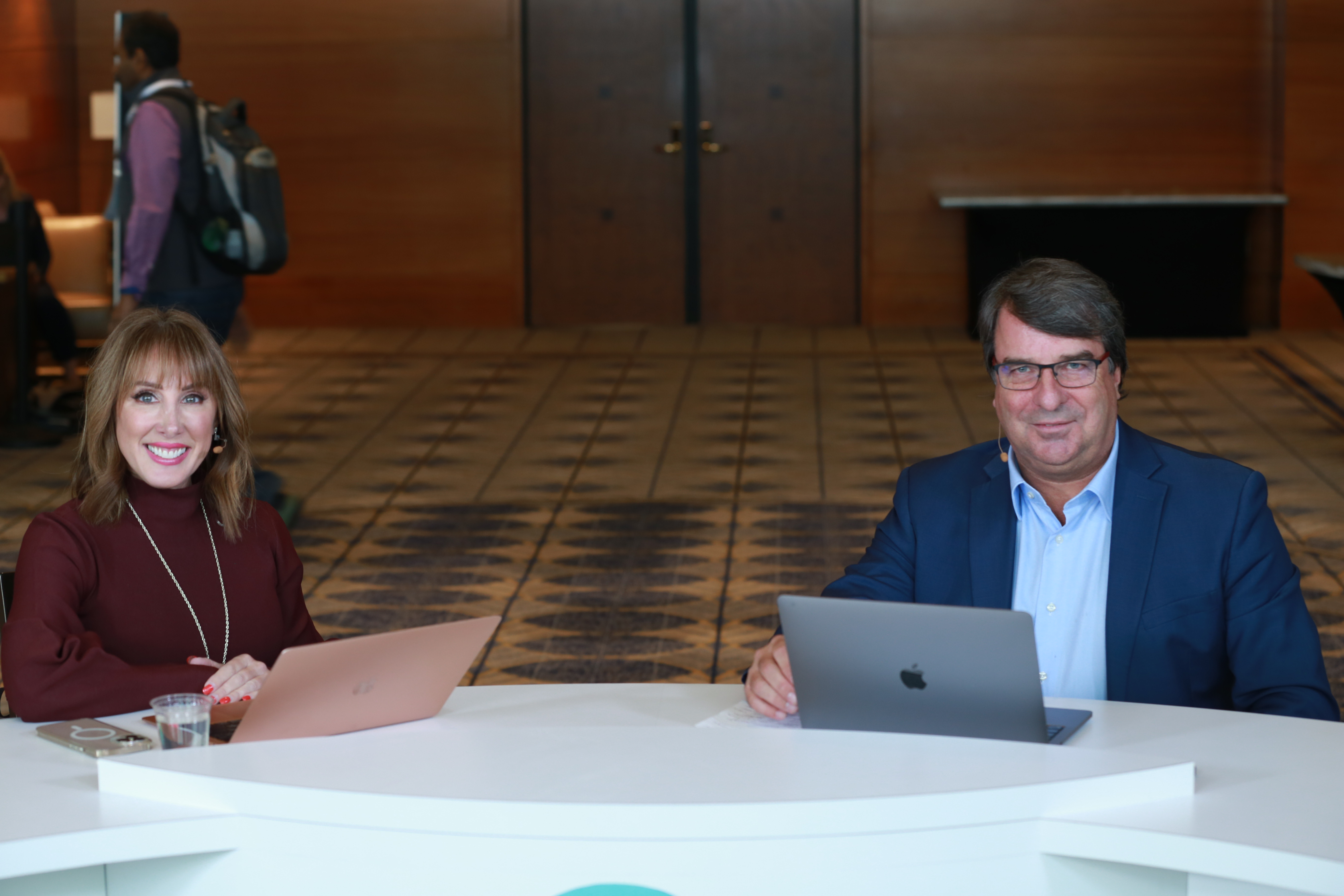 CLOUD
CLOUD
 CLOUD
CLOUD
 CLOUD
CLOUD
The Ansible open-source project was conceived at Red Hat Inc. a decade ago to reenvision the automation of IT operations and, eventually, drive the popularity of infrastructure as code.
Coming off the COVID-induced hiatus for physical events, this year’s “AnsibleFest” was both a celebration of that 10-year milestone and, more importantly, a revelation of the plans to increase Ansible’s scope of use and widen its cloud marketplace availability … among other key talking points.
With Gartner Inc. predicting an incoming infrastructure and operations automation wave in the next few years, it’s clear that dividends await the solutions well positioned to meet this demand. The event was a clear statement of purpose in that regard.
TheCUBE was in-person with Red Hat and the Ansible community in Chicago for the event. Our mobile livestreaming studio hosted discussions and analyst segments on advances in open-source automation, including features and product announcements such as Project Wisdom. (* Disclosure below.)
Here are three insights you might have missed from the two-day event:
The enterprise’s cloud infrastructures for data and operations within IT has grown in complexity. In turn, Event-Driven Ansible has been created to tackle this sprawl. It’s a flexible, highly scalable automation capability that can integrate with event sources to match pre-determined rules to events in real time.
“So this is about the evolution and the maturity of automation,” said Richard Henshall, senior manager of Ansible product management at Red Hat. “How do we make it easier? It’s all about success. It’s about the outcomes we’re going to drive users towards. They need to be successful as quickly as possible.”
One such event example is an outage. And the moment it is identified, the capability implements the documented changes, as identified in the technical team’s rulebook, to handle the event.
“The most important thing to understand at the outset is the sources of data and events that come in,” said Matthew Jones, chief architect of Ansible Automation at Red Hat. “It’s really easy to get lost in the details. We’ve shown examples using Kafka, but it’s not just Kafka. It’s … any place that you can imagine an event coming from, your monitoring platforms. You can bring those together under the same umbrella.”
On the topic of those sources, Event-Driven Ansible supports Range, webhooks, url_check and watchdog — in addition to Kafka.
Here’s theCUBE’s complete video interview with Richard Henshall and Matthew Jones:
Scaling up operations has always been a notable organizational problem; it’s a reason behind today’s massive cloud adoption. Scaling automation, as well, is presenting a unique set of problems that Ansible is leveraging its bustling developer community to solve.
“What people may or may not know about Ansible is that they build their product from the community,” said John Furrier (pictured, right), analyst at theCUBE, SiliconANGLE Media’s livestreaming studio. “The community actually makes the suggestions; Ansible’s just in listening mode. When you have a system that’s that efficient where you’re working backward from the customer like that, it’s very efficient.”
To progress naturally into the hybrid and multicloud eras, Ansible is doing two things: The first is enabling organizations to run their operations as code and at scale. Secondly, it’s meeting its customers in the various simultaneous clouds they operate, through multi-vendor cloud marketplace availability, according to Furrier.
“They give them the choice to consume the product on clouds that they like,” he explained. “So we’re seeing a lot of clients that have standardized on AWS with their dev teams but also have productivity software on Azure. I think Ansible fits this shim layer between clouds but also a bolt-on. Now that’s really a double win for them.”
Here’s theCUBE’s complete video interview with John Furrier and co-host Lisa Martin (left):
One of the major announcements at the show was that Project Wisdom has been co-engineered by Red Hat and IBM Research to help streamline the command instruction process for automation workflows.
“What we need to see is infrastructure, automation layers and applications working in concert to basically enable enterprises to be up and running all the time,” said Daniel Newman, principal analyst and founding partner at Futurum Research. “Let’s first fix the problems that are most common. Let’s automate them, let’s script them and then, at some point, let’s have them self-resolving, which we saw at the end with Project Wisdom.”
With Project Wisdom, users can type in a command that is used to build an automation workflow that can be reused wherever applicable. It reduces the need for automation professionals to learn Ansible syntax, allowing them to automate in plain language.
“Project Wisdom is a first-of-its-kind capability that automatically generates code for developers on Red Hat Ansible through a natural-language interface,” according to an IBM press release.
Here’s theCUBE’s complete video interview with Daniel Newman:
To watch more of theCUBE’s coverage of AnsibleFest 2022, here’s our complete event video playlist:
(* Disclosure: TheCUBE is a paid media partner for the AnsibleFest 2022 event. Neither Red Hat, the main sponsor for theCUBE’s event coverage, nor other sponsors have editorial control over content on theCUBE or SiliconANGLE.)
THANK YOU